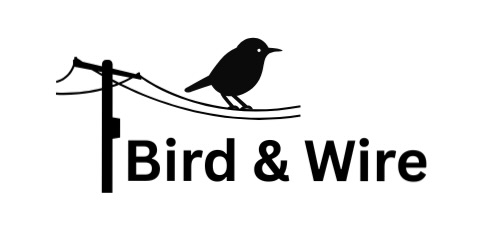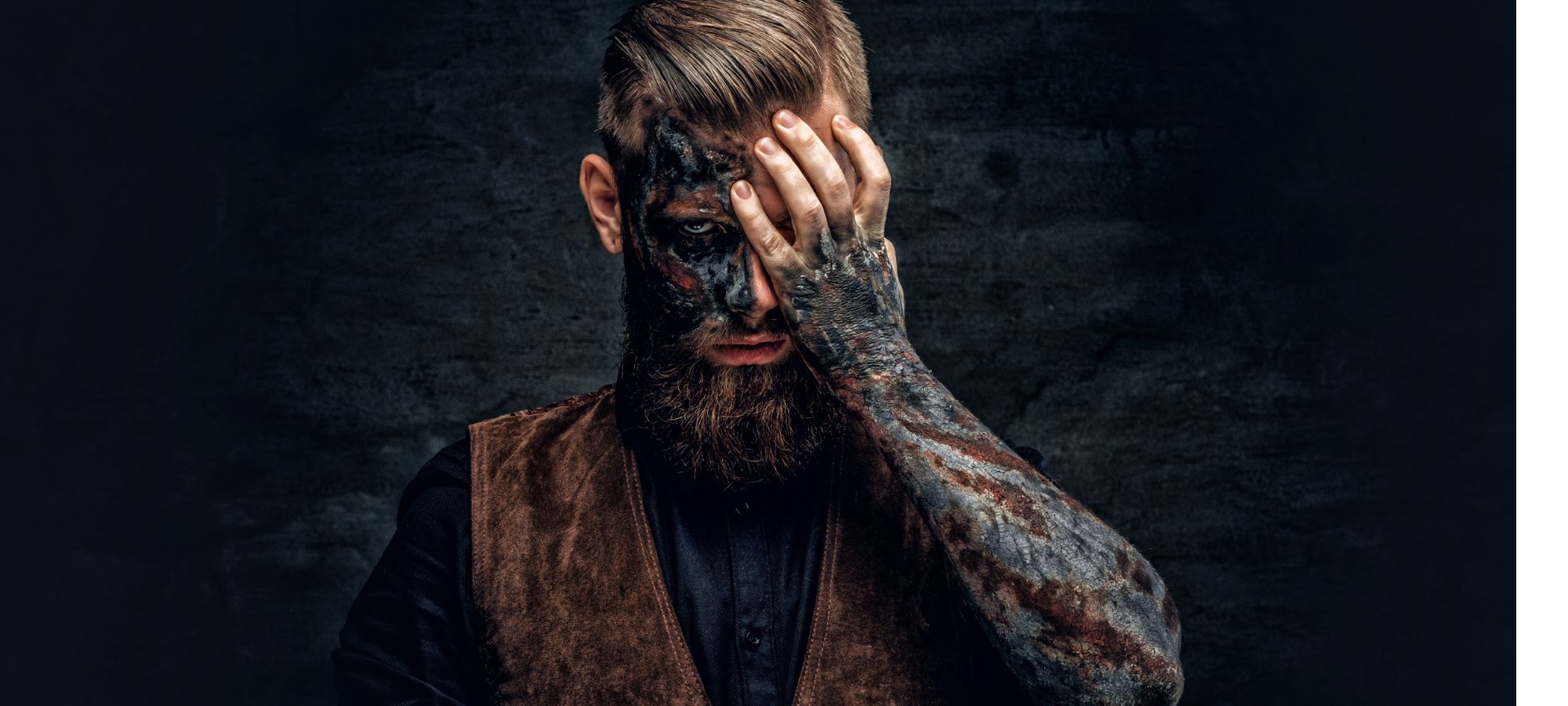Show me the light, and I will show you the way, show me the dark, and I will eat you alive.
The mere mention of the dark side often triggers curiosity, fear, and fascination. It’s like peering into the shadows of our personality, where hidden fears and desires lurk. But what exactly is this mysterious dark side, and why should we bother getting to know it?
The dark side is rooted in Carl Jung’s idea of the “shadow self,” which encompasses the less visible, often concealed, and less desirable aspects of our personality. We tend to keep these traits hidden as they might include judgmental tendencies, anger, selfishness, or control. The fear of judgment often leads us to suppress these qualities, but we might find greater happiness and fulfilment by acknowledging and embracing them.
It’s crucial to note that what one person considers dark might be normal for another. Cultural norms, personal experiences, and individual values shape our perceptions.
Why Confronting Your Dark Side Matters
Venturing into the shadowy recesses of our minds, where hidden fears and suppressed emotions reside, might seem unsettling. However, there are compelling reasons why this journey is crucial. Some reasons why you should embark on a journey to discover you dark side or listed below.
Self-awareness and Authenticity
Embracing our dark side allows us to accept our flaws and vulnerabilities, fostering authenticity. It is much more comforting to hear someone say they love you for who you are, good and bad.
Balancing Light and Dark
Just as day needs night, our psyche thrives on balance. Integrating our shadow brings equilibrium and prevents inner conflict. There is that saying that only the dark lets the light in.
Healing and Growth
Exploring the dark side enables us to confront past traumas, learn from them, and grow. Growth often emerges from discomfort.
Creativity and Depth
Our darkest experiences can fuel creativity, adding depth to our work and insights. I know am more inspired to write in bleaker times than in moments of joy.
Empathy and Compassion
Understanding our pain fosters empathy, bridging gaps and healing relationships.
Breaking Patterns
Exploring our dark side helps dismantle destructive cycles by bringing unconscious patterns to light. If you can’t see or recognise something in yourself, it is hard to address it and channel it in more productive ways. No patterns are broken from living in denial.
Integration
The goal isn’t to eliminate darkness but to integrate it. Accepting our flaws empowers us to become whole. Frankly speaking, if is a tough gig pretending all the time.
How to Dive into Your Dark Side: A Transformative Journey
While getting in touch with your dark side involves confronting aspects of yourself that you may not feel comfortable with, it can lead to powerful and thought-provoking artistic expressions. Some artists find value in pushing boundaries and embracing the full spectrum of human emotions in their creative endeavours. Others find sex as a useful way to express and live their dark side. Here are some suggestions that may help you get in touch with your darker side.
Self-Reflection
Take time for introspection and self-reflection. Journaling can be a helpful tool to explore your thoughts and emotions.
Ask yourself deep and probing questions about your fears, insecurities, and past experiences. Reflect on moments when you’ve felt strong emotions or reactions.
Pay Attention to Triggers
Notice situations or people that trigger strong emotional reactions in you. These triggers can be a gateway to understanding aspects of your shadow self.
Examine why certain situations or individuals evoke such intense responses. It may point to unresolved issues or hidden aspects of your personality. For example, a strong emotional reaction when someone you care about is unavailable may be associated with fear of abandonment.
A relationship narcissistic person is likely to trigger your your dark side. They will push you to those hidden places because of the challenging dynamics and emotional manipulation inherent in the relationship. It is likely that they will then use the information against you as part of their broader pattern of emotional manipulation and control.
Feedback from Others
Seek frank and fearless feedback from a loved one, close friends, family, or a trusted mentor. They may have insights into your behaviour patterns that you might not be aware of.
Be open to constructive criticism and use it to learn more about yourself.
Dream Analysis
Pay attention to your dreams. Dreams often provide symbolic representations of our unconscious thoughts and emotions.
Keep a dream journal and analyze recurring themes or symbols. A dream journal can provide valuable insights into your subconscious mind.
Explore Art and Creativity
Engage in creative activities such as writing, drawing, or painting. Creative expression can tap into the subconscious and reveal aspects of your shadow.
Don’t censor yourself; allow your creativity to flow freely. The process can bring hidden thoughts and feelings to the surface.
Therapy
Consider seeking the guidance of a therapist or counsellor. A trained professional can provide a supportive and objective perspective, helping you explore your shadow in a safe environment.
Read and Learn
Study psychological concepts related to the shadow, such as Carl Jung’s work. Understanding the theoretical framework can provide insights into your journey of self-discovery.
Explore literature and philosophy that delves into the complexities of human nature.
Acceptance and Integration
Embrace the idea that everyone has a shadow self and that it is a natural part of being human.
Work towards integrating the positive aspects of your shadow into your conscious self.
Integrate your shadow where it may enhance aspects of your life, such as art or sex with a trusted partner.
In Conclusion: Embrace, Don’t Indulge
Feeding your dark side isn’t about indulging in destructive behaviours. It’s about acknowledging, understanding, and integrating the various aspects of your humanity. By embracing the shadows within, you embark on a journey of self-discovery that leads to a more balanced and authentic life. As Carl Jung wisely said, “I’d rather be whole than good.” We can achieve that wholeness through the exploration of our dark side. So, take that first step into the shadows – you might be surprised at the light it brings.
Remember that exploring your shadow self is ongoing, and it’s essential to approach it with patience and self-compassion. It can be intense, but the insights gained can lead to a deeper understanding of yourself and contribute to personal development. If you find the process overwhelming, seeking professional help is always an option.

